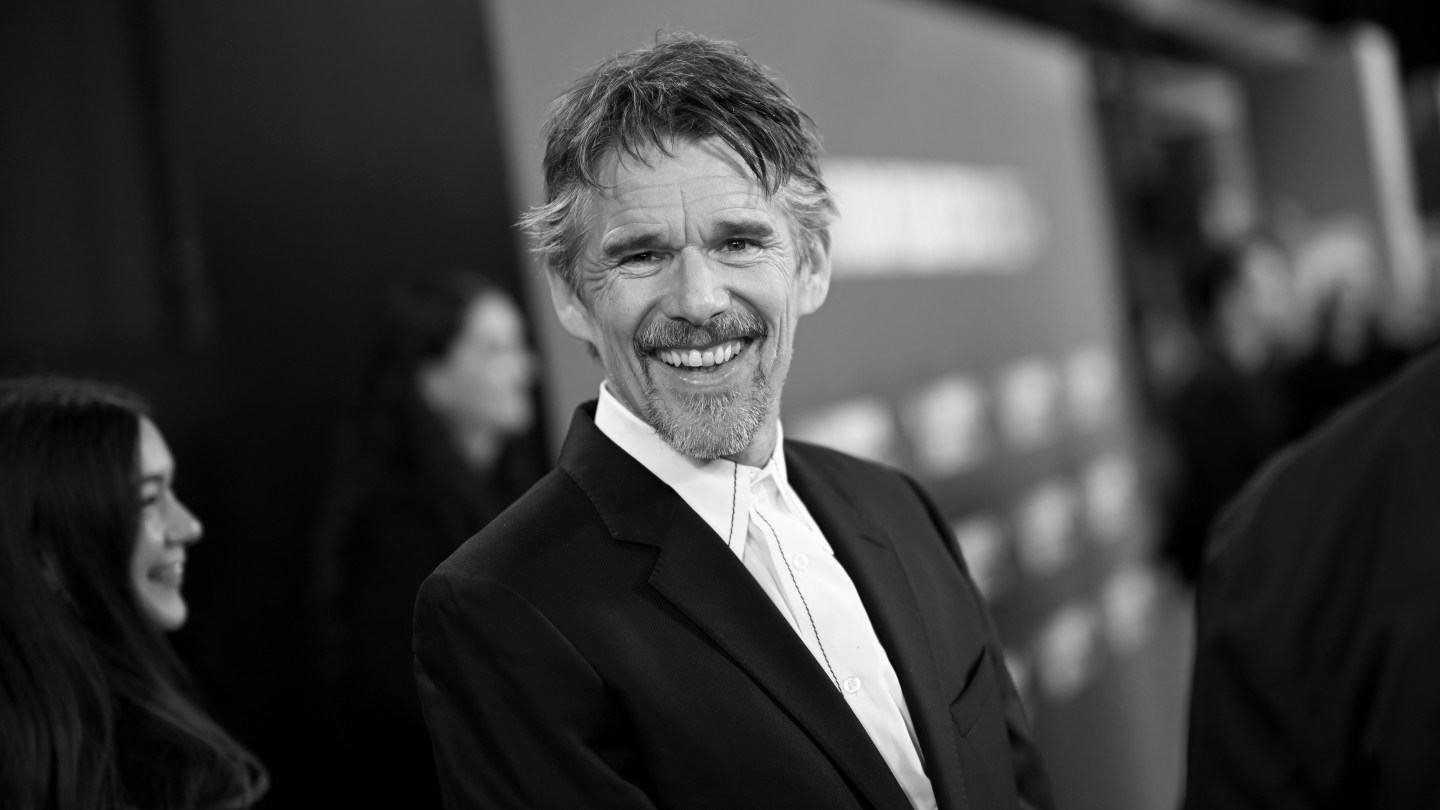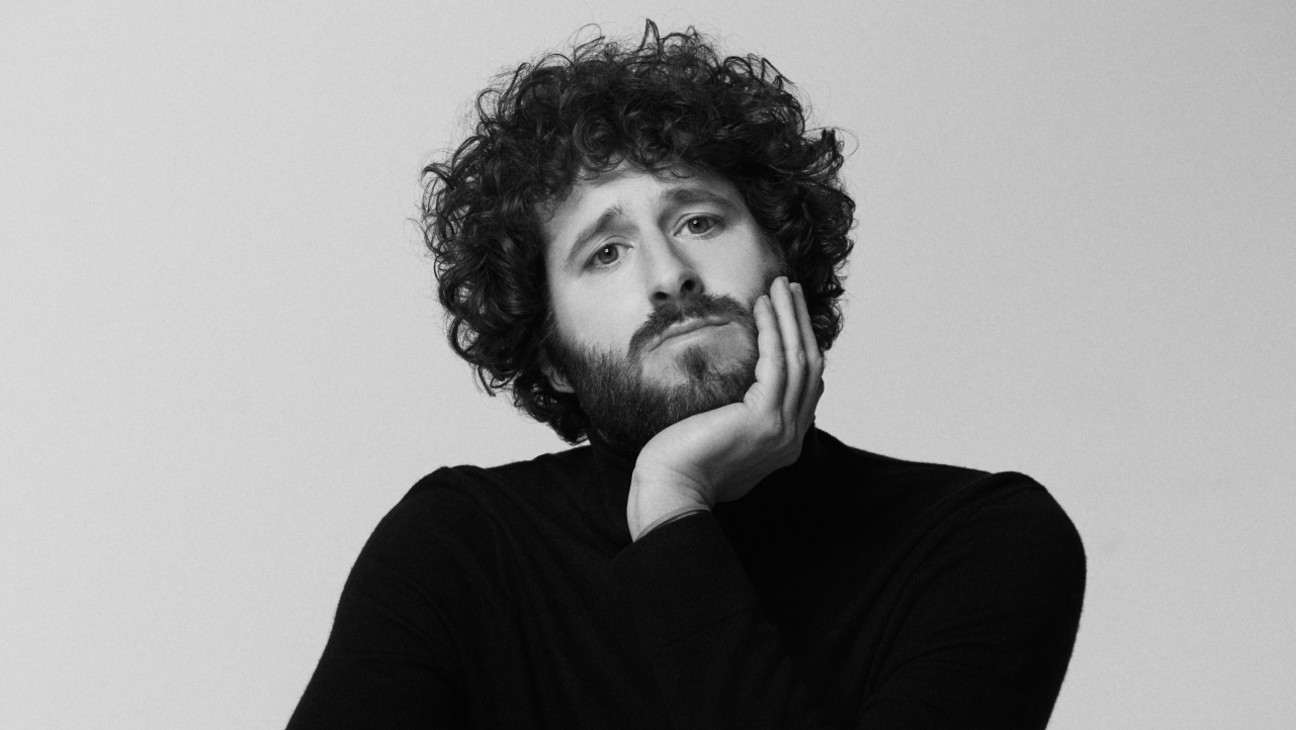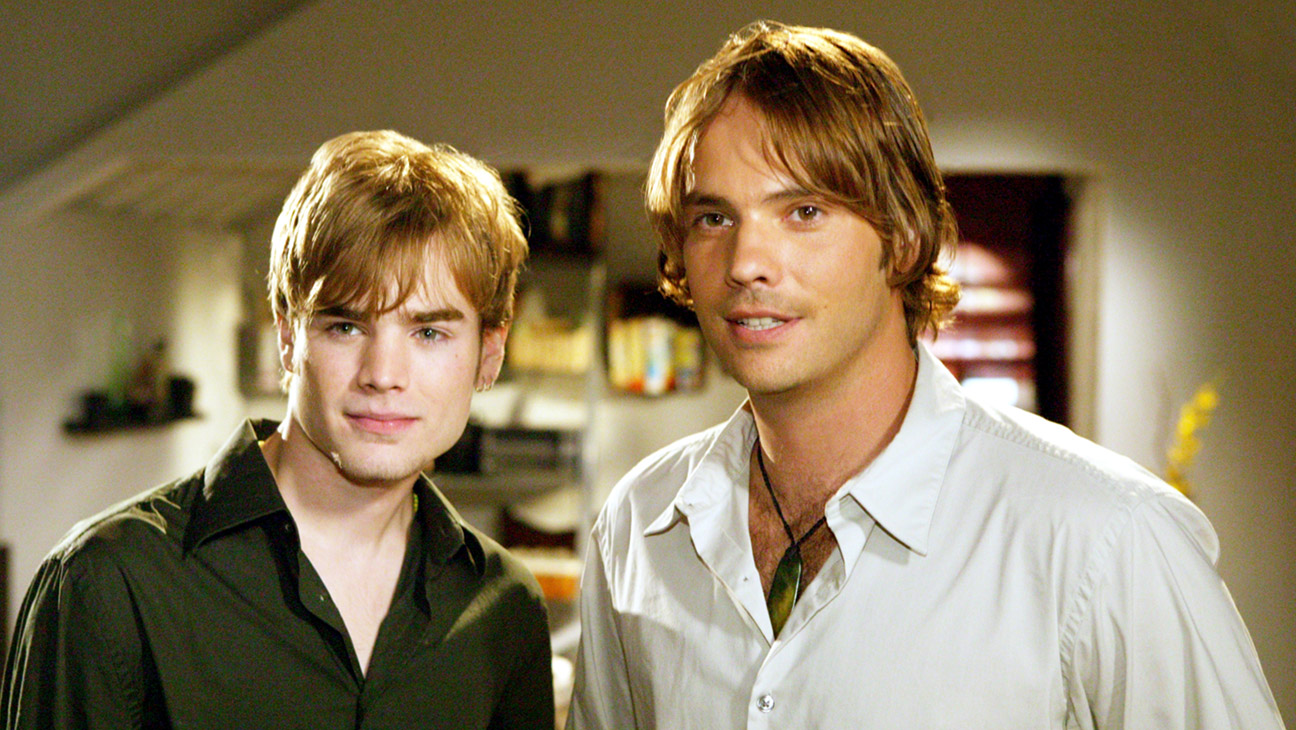Last year, just before retired United States Army General Dan Karbler joined a Zoom meeting with Kathryn Bigelow and a few of her creative collaborators, he hatched a dramatic plan. When he connected to the call, he left his camera off and announced to the group: “This is the DDO from the Pentagon convening a national event conference. Classification is top secret. Because of time constraints, we recommend we transition to a nuclear decision conference and bring the president in.” Then, Karbler clicked on his camera and said with a smile, “Ladies and gentlemen, that’s how the worst day of America’s history will begin. I hope your script does it some justice.”
It was mid-2024, and Bigelow was taking meetings with military and government experts on nuclear armament. The director, known for her razor-sharp depictions of political crises in films like Zero Dark Thirty and The Hurt Locker, had been mulling over the potential of making a film about intercontinental ballistic missiles. “I’ve had a lifelong fascination with the subject, thanks to growing up with it,” Bigelow says. “As a child, we were under our desks and kind of traumatized, and then that trauma begins to normalize and disappear — but it doesn’t mean the threat is gone.”
Her agent put her in touch with Noah Oppenheim, the former president of NBC News who has since veered into screenwriting projects like Jackie and the Netflix series Zero Day. Oppenheim was running the newsroom when North Korea was revealed to be a nuclear power, and the two found their way to the question: If a missile were launched toward America, what would take place within the halls of power? Their concept of A House of Dynamite was born out of a desire to make the rest of the country understand, on a visceral level, the insanity of the answers they found.
“The idea that in 20 minutes, the president would have to decide the fate of all mankind, while simultaneously running for his life and worrying about the fate of his family, was just remarkable to us,” says Oppenheim. “And then we had a conversation with a former senior official with the Pentagon and the CIA, and asked him how often the president rehearses this scenario, and the response was, ‘Hardly ever.’ We couldn’t believe that was the reality we’re living in.”
Bigelow had long wanted to tell a story in real time, and that desire helped bring them to the narrative device that unlocked the movie — they would divide the script into three parts, focusing on the 18 minutes from missile launch detection to explosion from the different perspectives. “We wanted to give people a slow dip of information,” says Bigelow. First, the foot soldiers: White House Situation Room employees and the members of the Army team stationed at the Fort Greeley, Alaska anti-ballistic missile launch site. Next, the mid-level bureaucrats at places like the U.S. Strategic Command and the Presidential Emergency Operation Center. And lastly, the decision makers: the President and the Secretary of Defense (they made the film before our current POTUS changed the position to the far more ominous Secretary of War).
There are no starring roles in A House of Dynamite, and the logistics of filming hyper-realistic cross-governmental meetings means that the actors are seen on a meeting screen more than they’re seen in the flesh — but everyone wants to be in a Kathryn Bigelow movie, so casting was easy, despite the high level of secrecy involved in initial meetings. (When Anthony Ramos auditioned, they didn’t want to give the sides away, so they had him read one of Jason Clarke’s scenes from Zero Dark Thirty.)
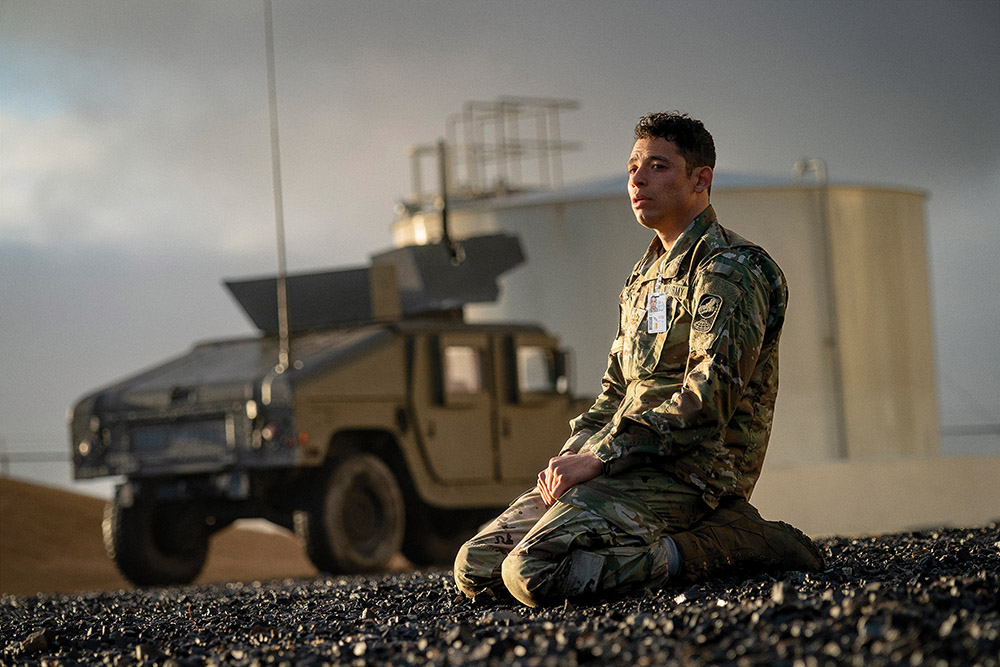
Once Tracy Letts — who plays a STRATCOM, or U.S. Strategic Command, commander — was allowed to read the script, he had an immediate suggestion for the movie’s tagline: And you thought you had enough shit to worry about. “That’s how I felt when I read it,” he says. “And this movie actually depicts a best-case scenario, because the people you see onscreen manning the stations are sober, smart, compassionate people.”
“I was like, ‘What the fuck is this?’ ” recalls Rebecca Ferguson. “I did not read it and think, ‘Wow, what a story’ — I thought, ‘How could this be true?’ I needed to read it again to try and understand how things could possibly happen that way.”

Bigelow connected her actors to the security experts who helped fine-tune the script; their answers to questions like Ferguson’s didn’t offer much assurance. Karbler, who served as chief of staff for STRATCOM, used to run nuclear drills upwards of 400 times per year and likens the film’s plot to Kim Jong-Un’s 2017 missile testing. “The very beginnings were just like in the movie — wondering, is the trajectory going to be straight up and then come back down, or is it going to over Hawaii or maybe even further? We got very good at bringing in the Secretary of Defense and other cabinet members, but we never had that ‘oh crap’ moment because it would always fall into the Sea of Japan. The longest that ever lasted was four minutes.” He also notes that the abbreviated time frame of the movie is based only on a missile that launches from somewhere in the Pacific — if a nuclear weapon came from mainland China or Russia, it would take about 34 minutes. “We wouldn’t have a whole heck of a lot more time, but your engagement window is wider so if the intercepts missed you would have the chance to reengage.”
Unlike Zero Dark Thirty and The Hurt Locker, independently financed and produced projects that later sold to major distributors, A House of Dynamite was a Netflix-backed film from the beginning. The studio had been in active pursuit of Bigelow for years, according to her longtime producer Greg Shapiro, and Netflix bought it as a pitch shortly before Scott Stuber’s exit; when Dan Lin joined as head of film a few months later, it was one of his first greenlights. At that point, the 2024 election was nearing, and the filmmaking team needed to scramble to get into production — they wanted to be sure they could shoot the exterior shots in Washington, D.C. “There are so many quirks to shooting in D.C. because of all the agencies running their own little permitting fiefdoms,” says Shapiro. They were allowed to shoot Gabriel Basso, who plays the deputy national security advisor (Bigelow cast him after watching his turn in The Night Agent), running in front of the White House, but he wasn’t allowed to — even accidentally — step on the curb in front of the building. They sent aerial camera units up in a helicopter to capture wide shots, but needed a Secret Service agent on board at the same time.

Filming inside of the real-life government buildings was never going to be an option, so production designer Jeremy Hindle built sets on a New Jersey soundstage. Thanks to Bigelow’s sterling reputation within the military, a quick phone call from Karbler granted the team access to STRATCOM; they had a handful of minutes to memorize the space in painstaking detail (they’re particularly proud of the “Big Board” sign, which is an exact replica of the Dr. Strangelove-inspired décor of former commander Admiral Charles A. Richard, and the stains they added to the ceiling tiles of the monitoring room at Fort Greeley).
In Dynamite, as it would be in life, the nuclear emergency goes down not while the decision-makers are ensconced conveniently in their offices, but while they are spread around the D.C. metro area. Major players call into a secure conference line to discuss the fate of the world, and Bigelow was insistent on filming everything live. “Think of it like a Zoom call,” says Shapiro. “Everyone is being filmed and that feeds to what we called the Brady Bunch screen, with all of the squares up on the wall, and they’re all far enough away on their own sets that we can only hear them through the meeting. So when Tracy Letts is having that conversation with [Secretary of Defense] Jared Harris, it feels just like you and I talking right now.”

Ferguson compares the experience what she imagines doing theater would be like, with long takes and a lot of buildup. “But,” she points out, “I never felt like if I fucked up I couldn’t go again. We did as many takes as possible.” Letts, a theater veteran, was comfortable with the pace but less so with his character’s dialogue. “I’ve had to learn industry language before, but if you quizzed me on financial language from The Big Short right now, I couldn’t tell you what any of it meant,” he says. “At one point during filming the AD came up to me and said, Kathryn is wondering why you keep looking down? I said, because I’m reading my lines! It was really hard to learn.”
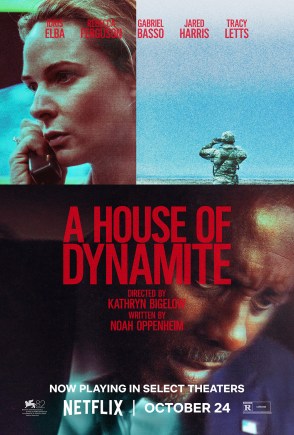
Bigelow says she was most dedicated to maintaining the film’s accuracy and authenticity, so she also staffed the sets with real life national security players — her expert consultants were on hand to make course corrections (even down to something as small as how a character should answer the phone), and many of the cast’s day players were three- and four-star Generals. “At one point while filming the STRATCOM scenes, Kathryn decided that she wanted to use my speech from our initial Zoom call,” says Karbler. “So I grabbed a piece of paper and a pen, scribbled down the speech, and handed it to one of my military buddies who was playing a strike adviser. He read it into the Boom mic and that’s what appears in the film.”
One day after A House of Dynamite dropped on Netflix, Vladimir Putin announced that Russia had successfully tested its nuclear-powered Burevestnik cruise missile. According to reports (and Putin himself), it can travel far longer than other existing weapons and has the ability to evade defense systems — including Donald Trump’s proposed “Golden Dome.” It’s the stuff of nightmares generally, but it’s also quite specifically what Bigelow has been worried about since she started work on the film. The director chooses not to comment on the specifics of the film’s ending — viewers have been debating the narrative merits of her decision not to explain what happens with the ICBM hurtling toward Chicago and the president’s subsequent decision-making — but says that she understands why the uncertainty of the situation the film’s characters find themselves in is “hard to embrace” and that she hopes for some real recourse to come out of those feelings. “I think, really, what we need is a conversation about reducing the nuclear stockpile,” she says frankly.

“I feel real anger about this scenario,” adds Ferguson. “I see people being annoyed by the ending, and I get annoyed with them. I like that people have different opinions, but a resolution is not what this movie is about. It’s not about the attack or where it goes or how many die — it’s about the constant threat that we live under, and that should be enough.”
This story appeared in the Nov. 19 issue of The Hollywood Reporter magazine. Click here to subscribe.



